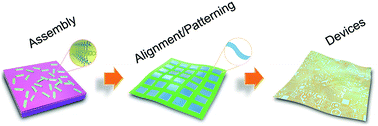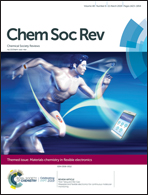Organic crystalline materials in flexible electronics
Abstract
Flexible electronics have attracted considerable attention recently given their potential to revolutionize human lives. High-performance organic crystalline materials (OCMs) are considered strong candidates for next-generation flexible electronics such as displays, image sensors, and artificial skin. They not only have great advantages in terms of flexibility, molecular diversity, low-cost, solution processability, and inherent compatibility with flexible substrates, but also show less grain boundaries with minimal defects, ensuring excellent and uniform electronic characteristics. Meanwhile, OCMs also serve as a powerful tool to probe the intrinsic electronic and mechanical properties of organics and reveal the flexible device physics for further guidance for flexible materials and device design. While the past decades have witnessed huge advances in OCM-based flexible electronics, this review is intended to provide a timely overview of this fascinating field. First, the crystal packing, charge transport, and assembly protocols of OCMs are introduced. State-of-the-art construction strategies for aligned/patterned OCM on/into flexible substrates are then discussed in detail. Following this, advanced OCM-based flexible devices and their potential applications are highlighted. Finally, future directions and opportunities for this field are proposed, in the hope of providing guidance for future research.

- This article is part of the themed collection: Materials chemistry in flexible electronics


 Please wait while we load your content...
Please wait while we load your content...